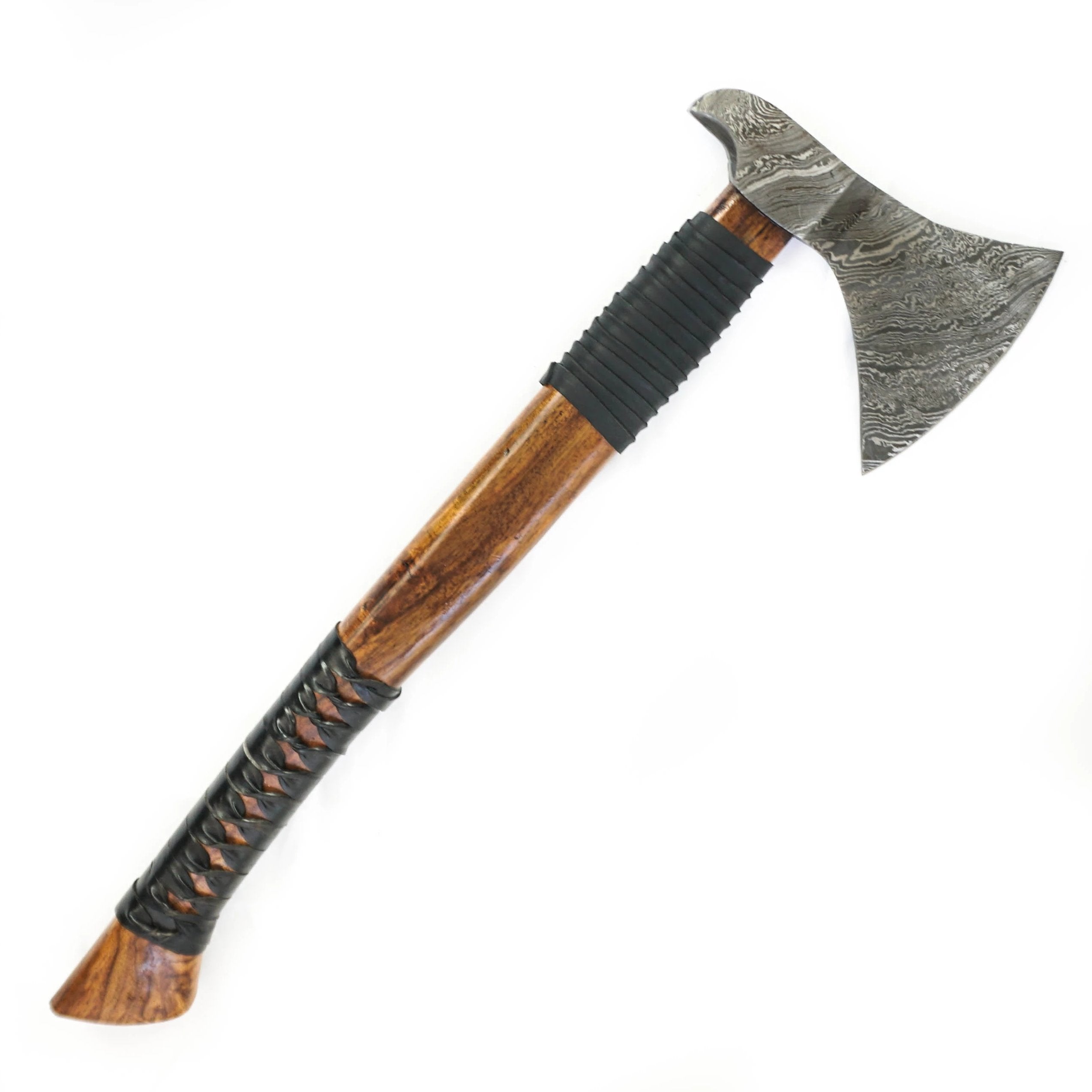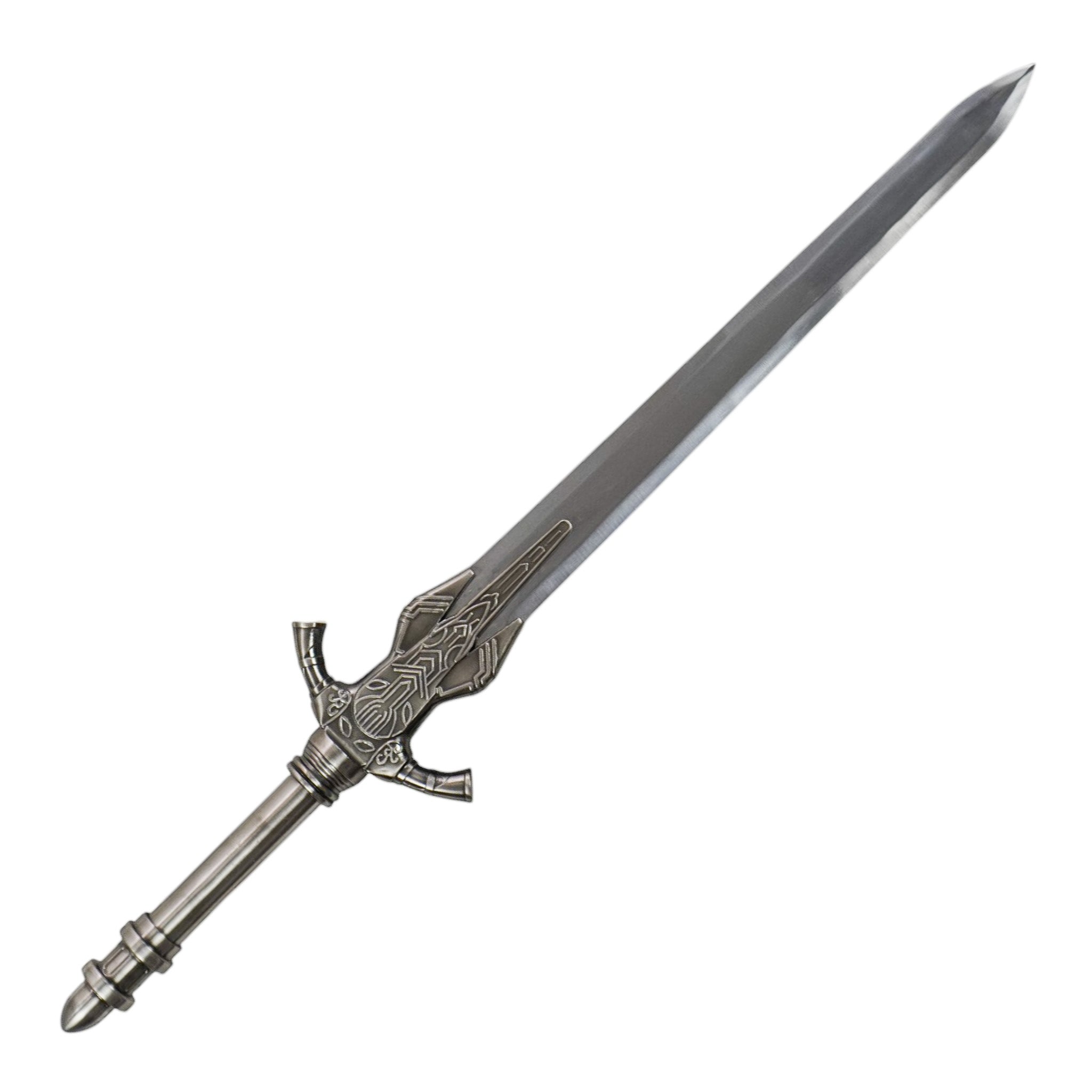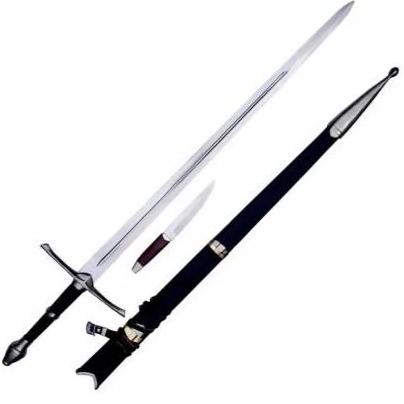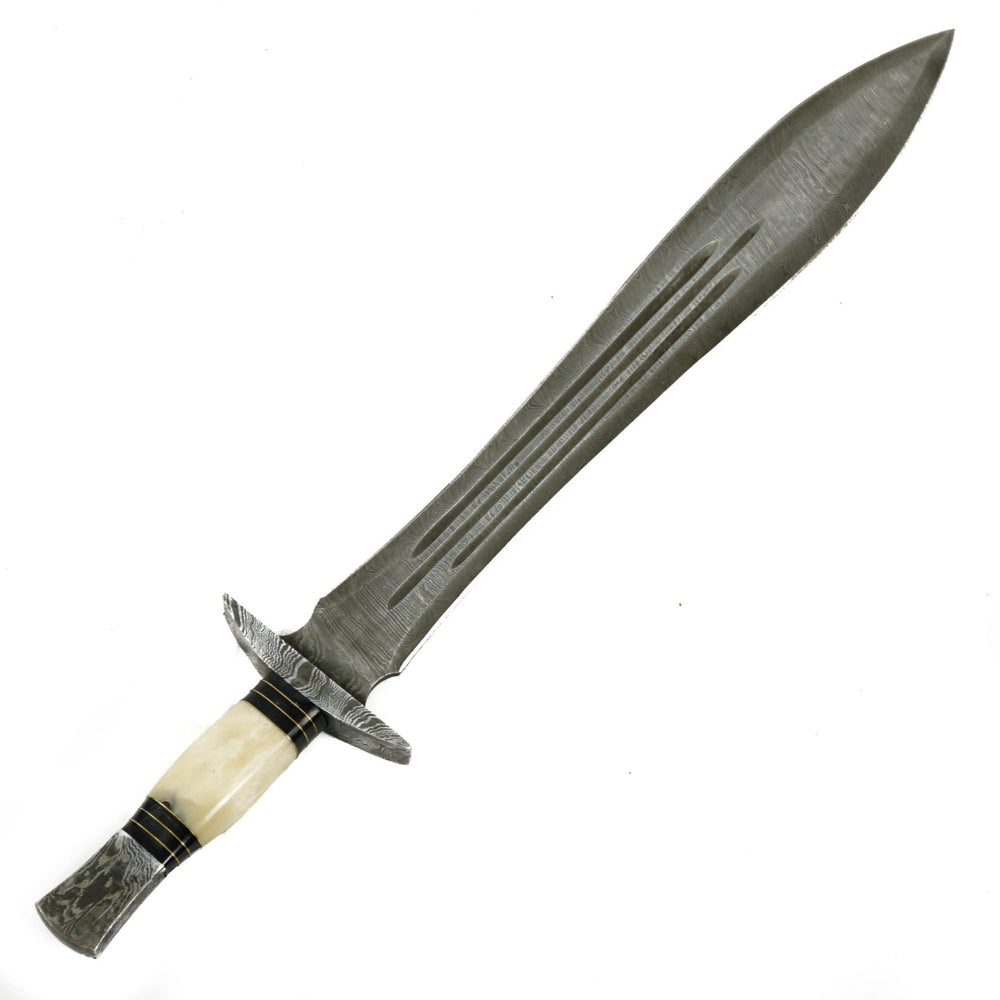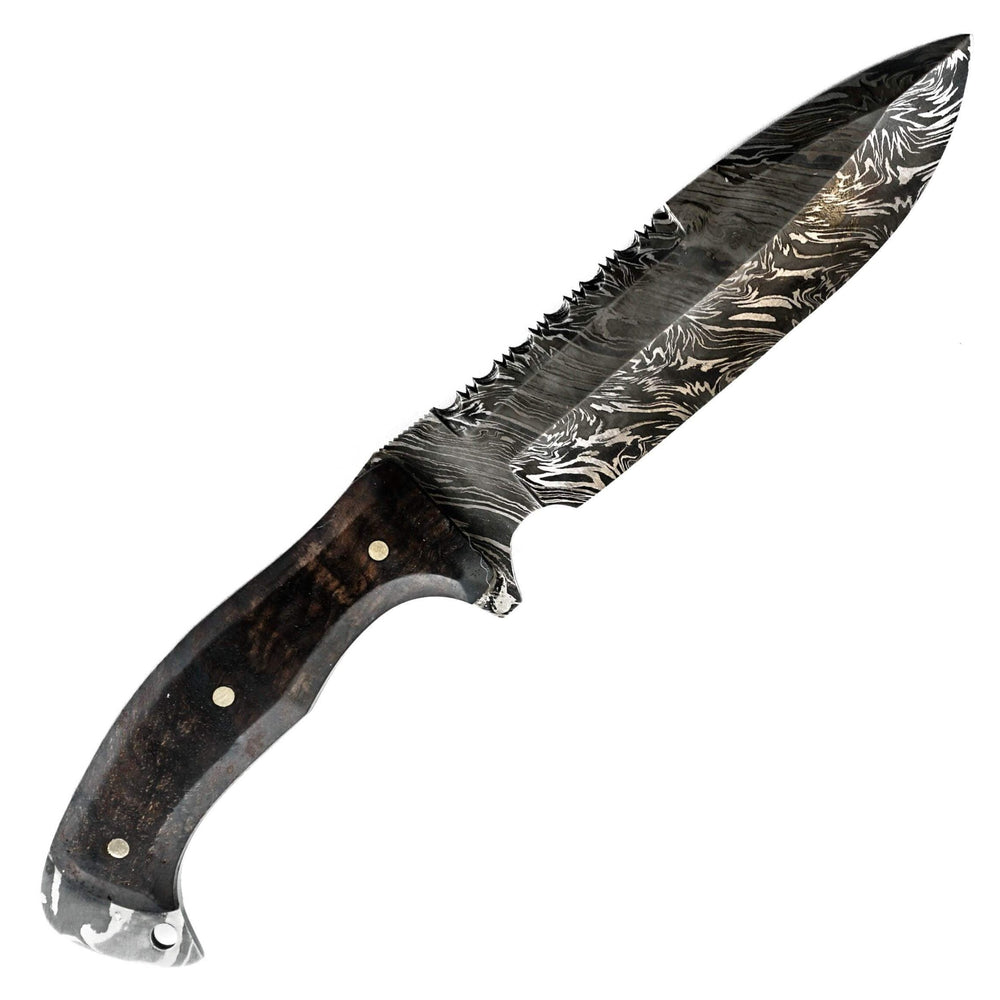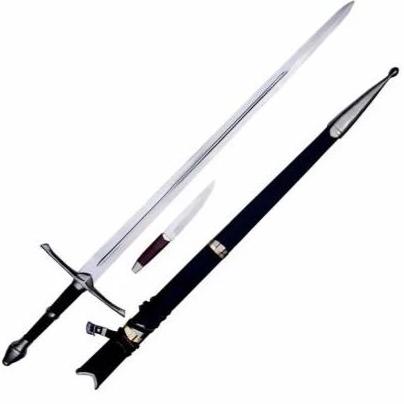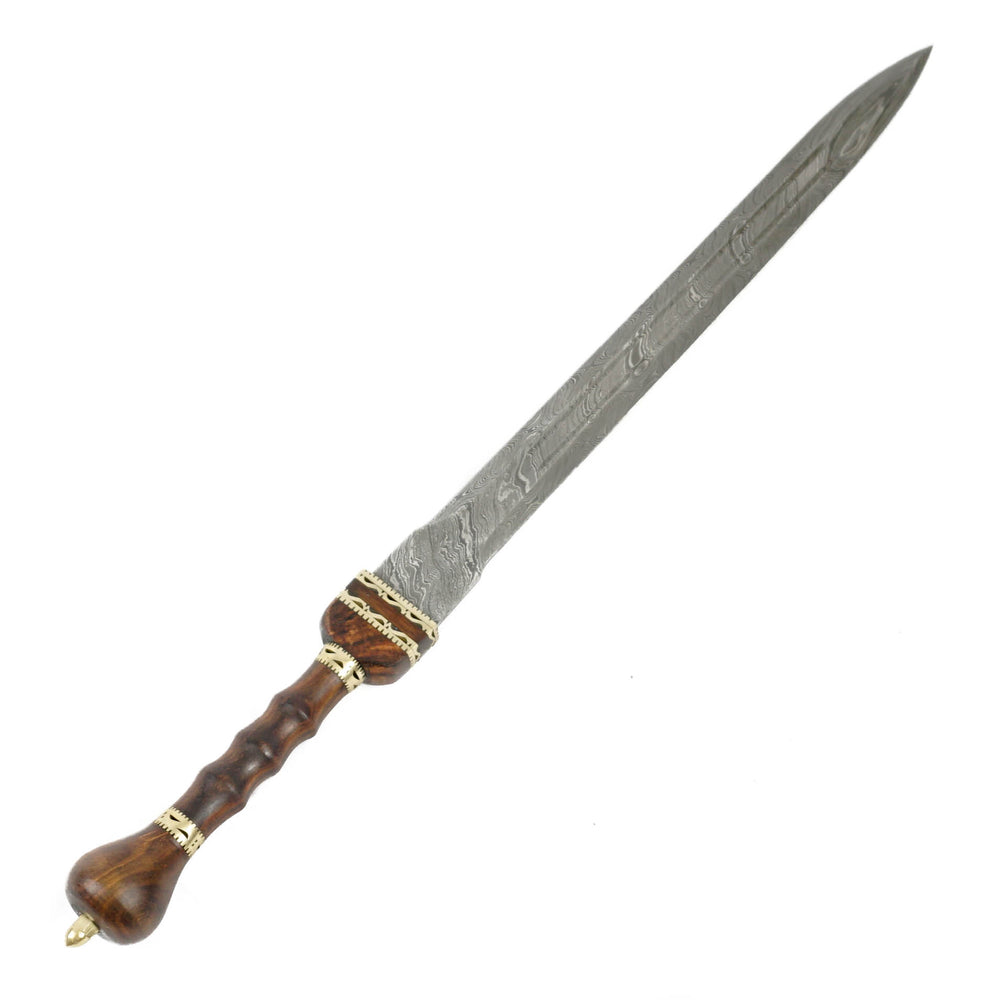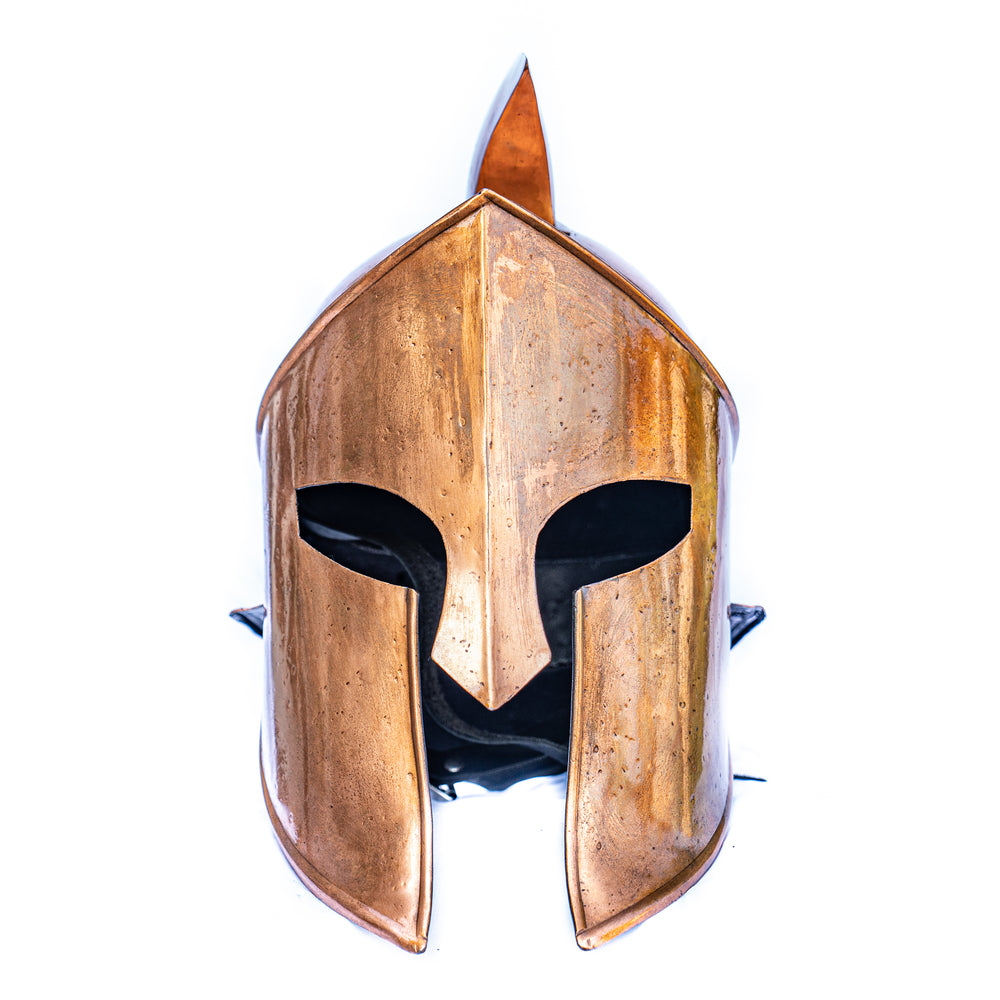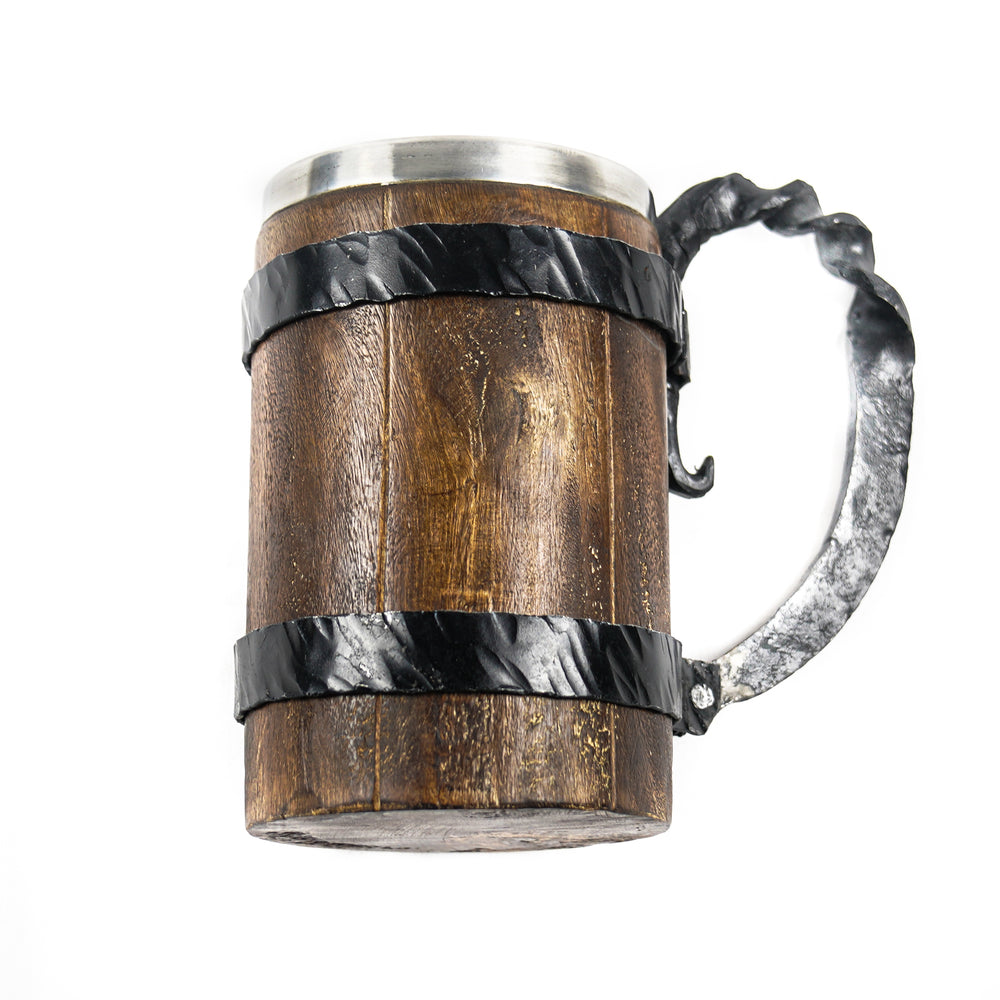How to Select the Best Replica Medieval Weapon to Display or Use for Cosplay?
Replica weapons are popular among collectors, history buffs, and reenactors. A quality medieval weapon can raise the elegance of a display or enhance the authenticity of reenactment performances. Whether you are searching for a sword to be mounted on the wall or a Greek shield to complete a costume, this is what you should know to choose a suitable replica medieval weapon for your taste and needs. This blog will walk you through how to obtain the finest medieval replica weapons.
Things To Consider When Choosing Medieval Weapons
1. Know Your Purpose: Display or Reenactment
If you are looking to purchase medieval weapons, knowing their purpose will serve you well.
- Display items are usually non-functional. They look like the real thing but are not necessarily made to be functional.
- Reenactment gear is made for light sparring or practice. They are more robust and typically follow safety principles.
By choosing the correct type, you ensure that you get the best performance and value from your piece.
2. Quality Material Focus
A quality replica medieval weapon should be produced using hard and durable materials.
- Carbon steel and stainless steel are the norms for blades.
- Handles and shafts are metal and wood.
- Choose leather wraps or a natural material grip.
When it comes to shields, shields employed by Greeks and Romans were made of wood, bronze, or steel. Replicas today should have that taste. Versions lighter might use modern composites but should look historically accurate.
3. Select the Proper Medieval Weapon
You can choose from a variety of weapons. They all have their beginning and appearances.
- Swords: From arming swords to longswords, they are the holy grail of medieval collectors' items.
- Axes and maces: Famous for pure brute force, usually employed in close-quarters combat.
- Polearms: Spears, halberds, and other longarms provide one with reach and panache.
- Shields: Round shield, Greek shield, or Roman shield; they all set you off for your medieval attire.
Decide what kind of style or period you want to replicate. This assists in narrowing your options and provides an even closer simulation.
4. Consider the Design and Details
Detail is critical with a reproduction. Check for:
- Engravings, inlays, or stamped pieces.
- Exact shape and measurement.
- Natural balance and finish.
Greek shields are likely to be intricately patterned and curved in shape. Roman shields are likely to be rectangular and boldly patterned. A good replica will likely have these features prominently featured.
5. Safety and Comfort for Reenactment
If you intend to reenact with your medieval weapon, safety and comfort are priority one.
- Handle blunt-edged weapons in picking them up so that you can handle them safely.
- Test the grip so that it feels firm rather than slippery.
- Choose products carrying safety certification to meet your reenactment requirements.
Shields from ancient Greece or Rome should have stiff arm straps and be lightweight enough to handle during fight scenes.
6. Know Your Budget
Copy weapons have very diverse prices. Simple display models are less costly. Fighting models are pricier since they utilize heavier materials and improved workmanship.
It is worth spending money on one good item rather than spending lots of money on a number of bad items. Quality is most important, particularly for functions or precise exhibits.
7. Purchase from a Trustworthy Source
A good shop guarantees you a quality product that meets the description. Battlingblades.com has a good selection of medieval weapons, ranging from swords, axes, and polearms to shields. In case you ever need to locate a finely detailed Greek shield or a good Roman shield, they also stock some for collectors and reenactors.
Their products are made with attention and care to last. You will get pieces that are good and good to use.
Tip To Preserve The Weapons
Be very careful with your medieval weapon once bought.
- Dry it and clean it to prevent rust.
- Oil blades, if they are of carbon steel.
- Store shields in cool, dry environments to protect wood and paint.
Maintenance keeps your gear sharp-looking and contributes to its lifespan.
Conclusion
Selecting the proper replica medieval weapon is based on your purpose, look, and budget. If you're going to require a sword for display or a Roman shield for reenactment, pay attention to quality and detail. Battling blades is a source that you can rely on to acquire strong, authentic-looking gear and weapons. With the proper piece, you'll possess part of history and leave an impression to remember.

